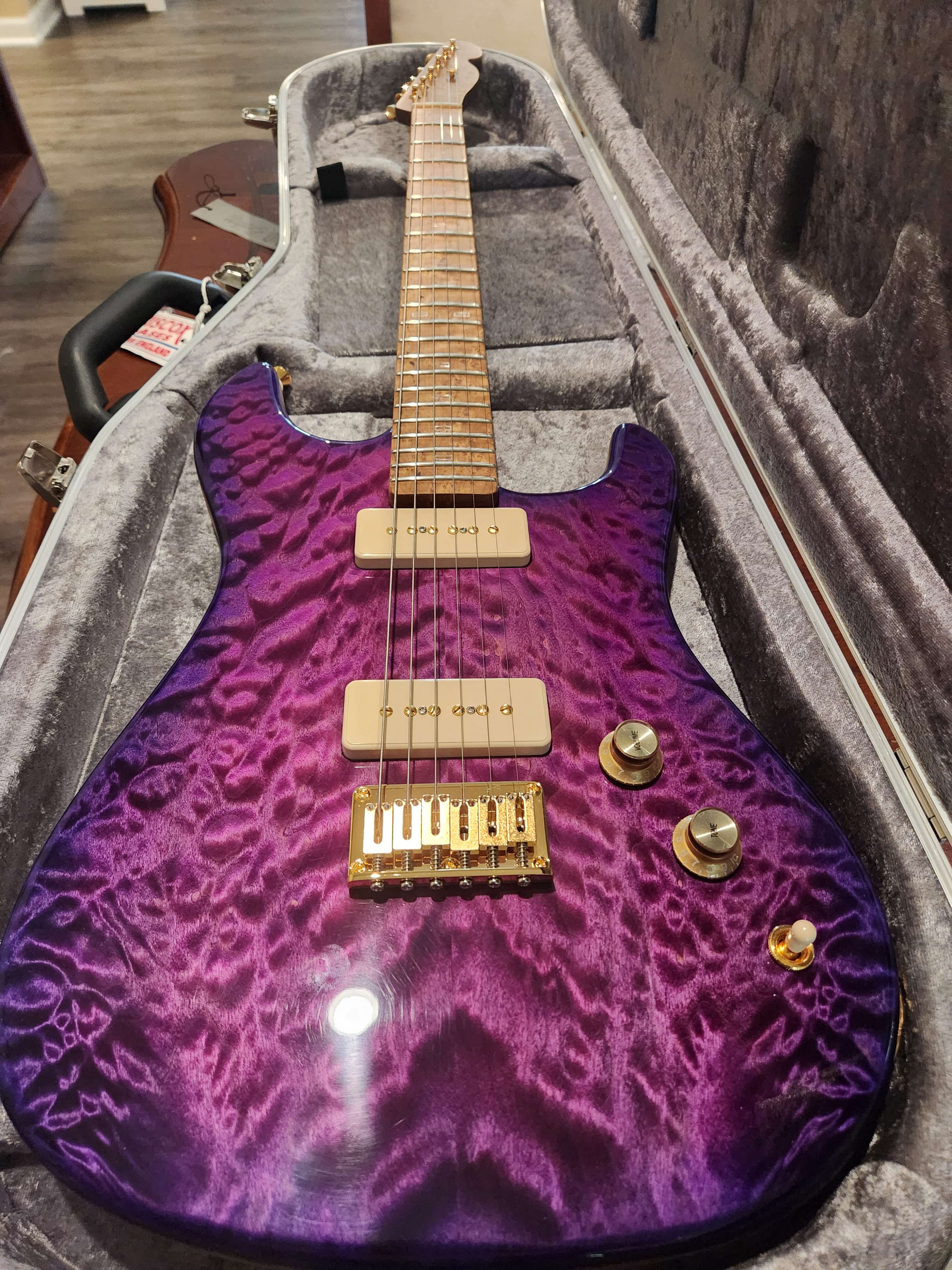I still have no idea what I’m doing really. Just too determined to give up I guess, and it’s been such fun. Anyway I made a guitar pedal light switch cover. Still a lot of work to do, and every time I look at FreeCAD the wrong way, the model breaks, but it’s been a fun experience nonetheless.
On a side note, anybody have any idea why the face of the model is rough textured, while the foot switch on the lower half is flawless?



The paper method only ensures that you get the nozzle-to-bed distance reasonably consistent in all the places your printer checks it, to ensure that the bed is trammed, i.e. straight relative to the X and Y axes of the printer, or “level.” It doesn’t guarantee that your Z offset is actually correct to produce a good first layer, and depending on how your particular printer runs its bed leveling/Z offset program it may in fact guarantee that it is incorrect every time.
If you’re going to use some manner of gauge material (paper, one of those plastic cards, a feeler gauge), step 1 is to determine what, exactly, your printer does to set its Z offset and whether or not that’s taken into account when you’re sliding your piece of paper or whatever under the nozzle. Some printer firmwares further compound things by calling their Z offset adjustment program “bed leveling” when that’s not what it is. (My old Qidi was guilty of this. “Fast leveling” was actually just Z offset adjustment in the center of the build plate, and “Full leveling” was actually a four-points bed level check operation.)